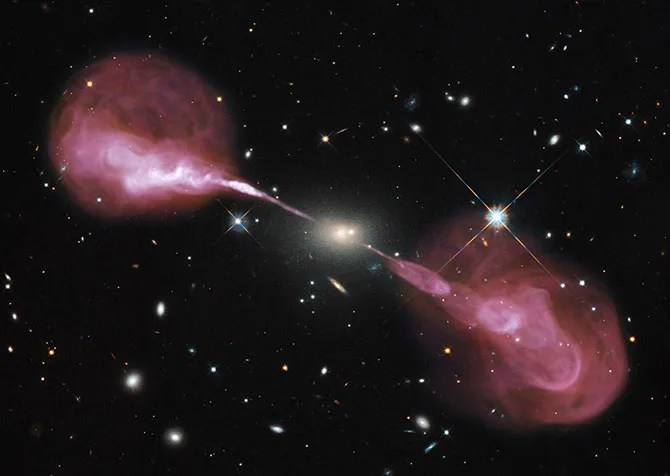Science
Universe Uncovered
Hubble investigates a tremendous array of cosmic objects, from galaxies to clusters of stars. Learn about these objects while browsing galleries of Hubble’s spectacular views.
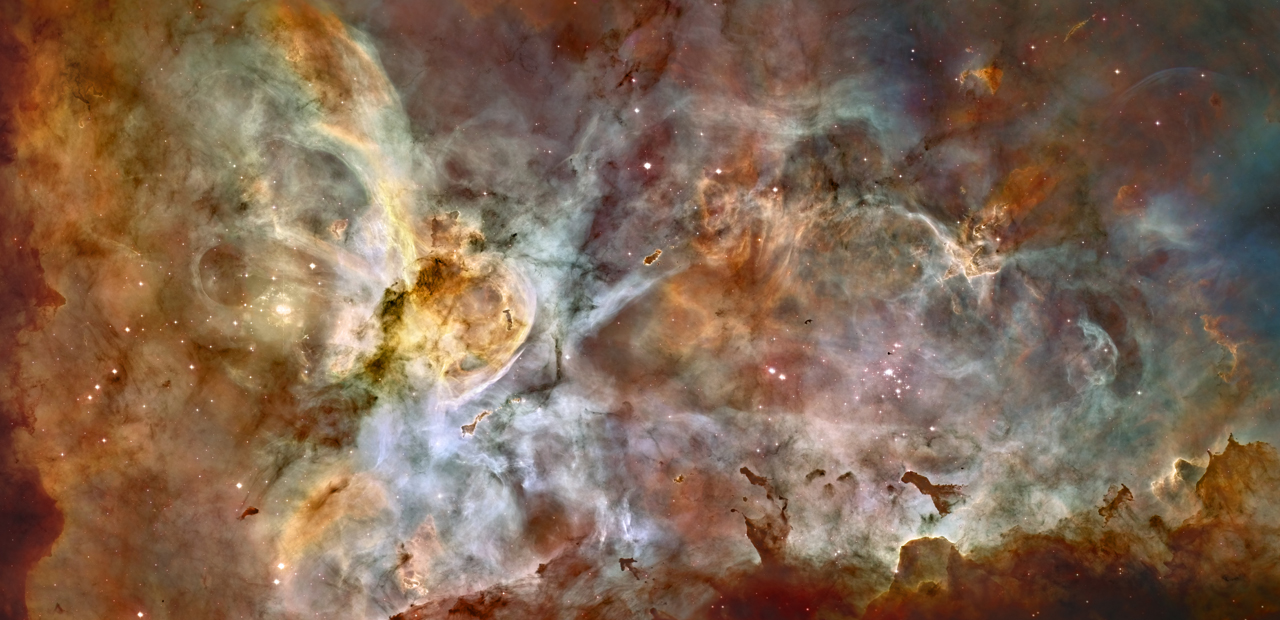
Overview
Our universe contains a plethora of fascinating cosmic objects and spectacular stellar scenes. After Hubble’s launch in 1990, its groundbreaking scientific observations expanded our understanding of the universe – creating a clear “before and after” transformation in the field of astrophysics.
Hubble investigates faraway galaxies and peers into the distant universe to collect its iconic deep field observations. Plus, the observatory generates exciting findings right in our own cosmic neighborhood by studying planets in our solar system and objects like nebulae within our home galaxy, the Milky Way.
For over thirty years and counting, Hubble has uncovered a universe brimming with discovery, beauty, and even more mysteries for us to solve. Below, explore Hubble’s scientific contributions that have revolutionized what we know about our expanding universe.
Hubble's Deep Fields
Look back in space and time through billions of years of galactic evolution.
Hubble observations have forever changed our understanding of the universe, but no single image has reshaped that understanding like the Hubble Deep Field.
Learn More about Hubble's Deep Fields
Hubble's Galaxies
These collections of stars, planets, gas, dust, and dark matter are the visible foundation of the universe.
Our galaxy, the Milky Way, sits in a Local Group of more than 20 galaxies, but Hubble's vision takes us far beyond our celestial neighborhood.
Learn More about Hubble's Galaxies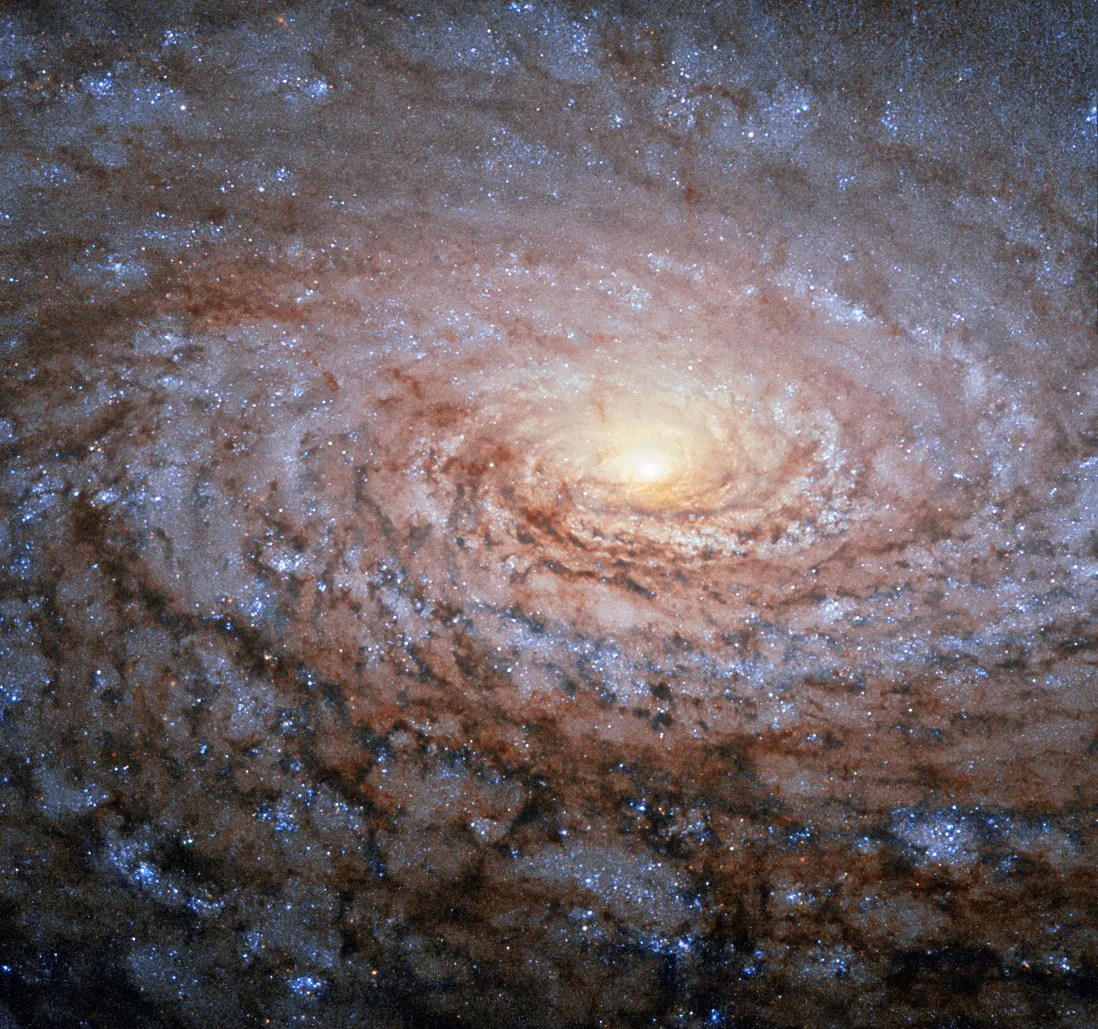
Hubble's Gravitational Lenses
Gravity boosts Hubble's view, allowing us to see faint, distant objects that would otherwise be hidden.
Hubble's observations of gravitational lenses help us better understand the evolution of galaxies and the universe itself.
Learn More about Hubble's Gravitational Lenses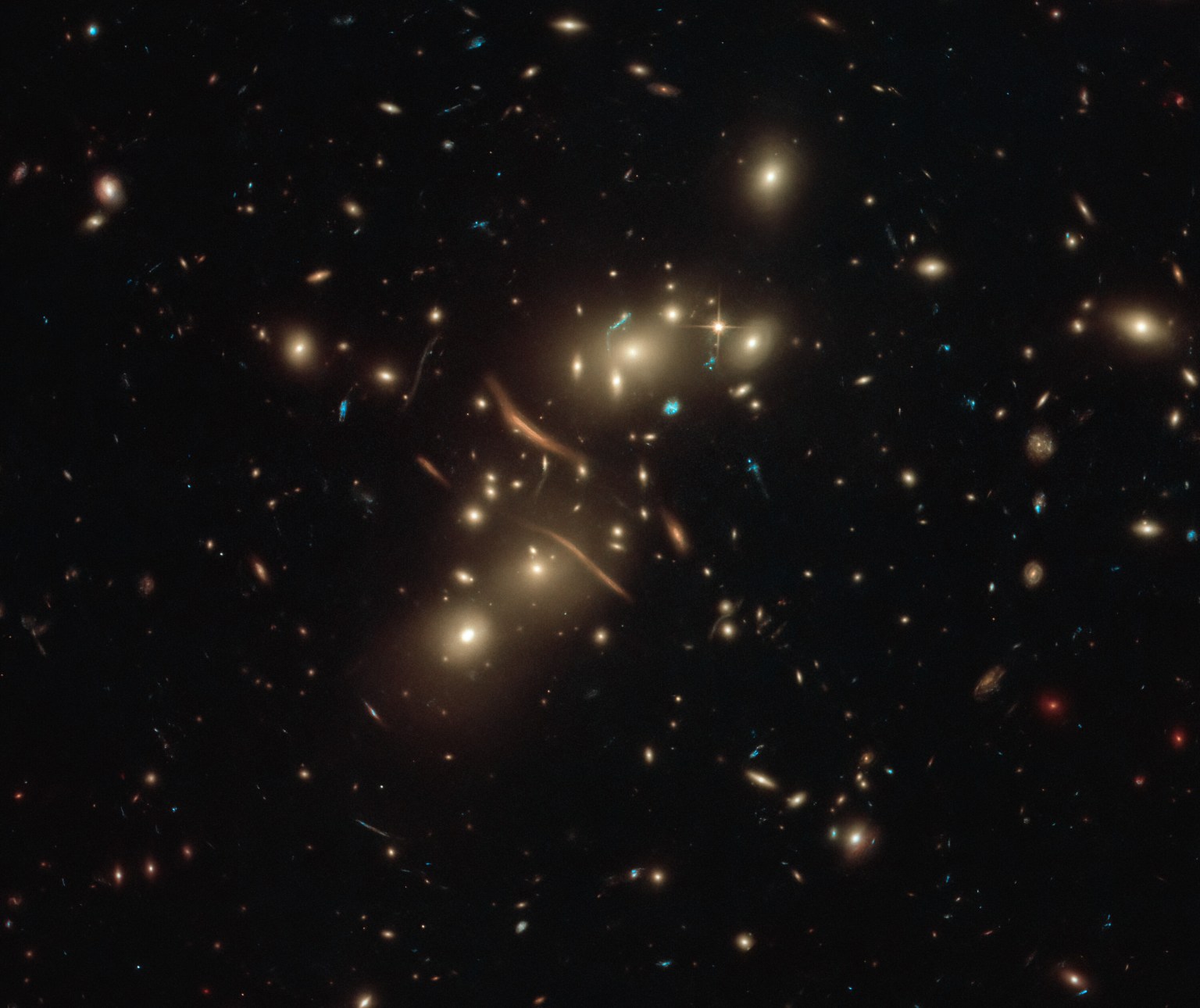
Hubble's Nebulae
These ethereal veils of gas and dust tell the story of star birth and death.
Hubble's cosmic menagerie of nebulae observations holds a wide variety of awe-inspiring forms, each one revealing part of a grand story of how stars evolve.
Learn More about Hubble's Nebulae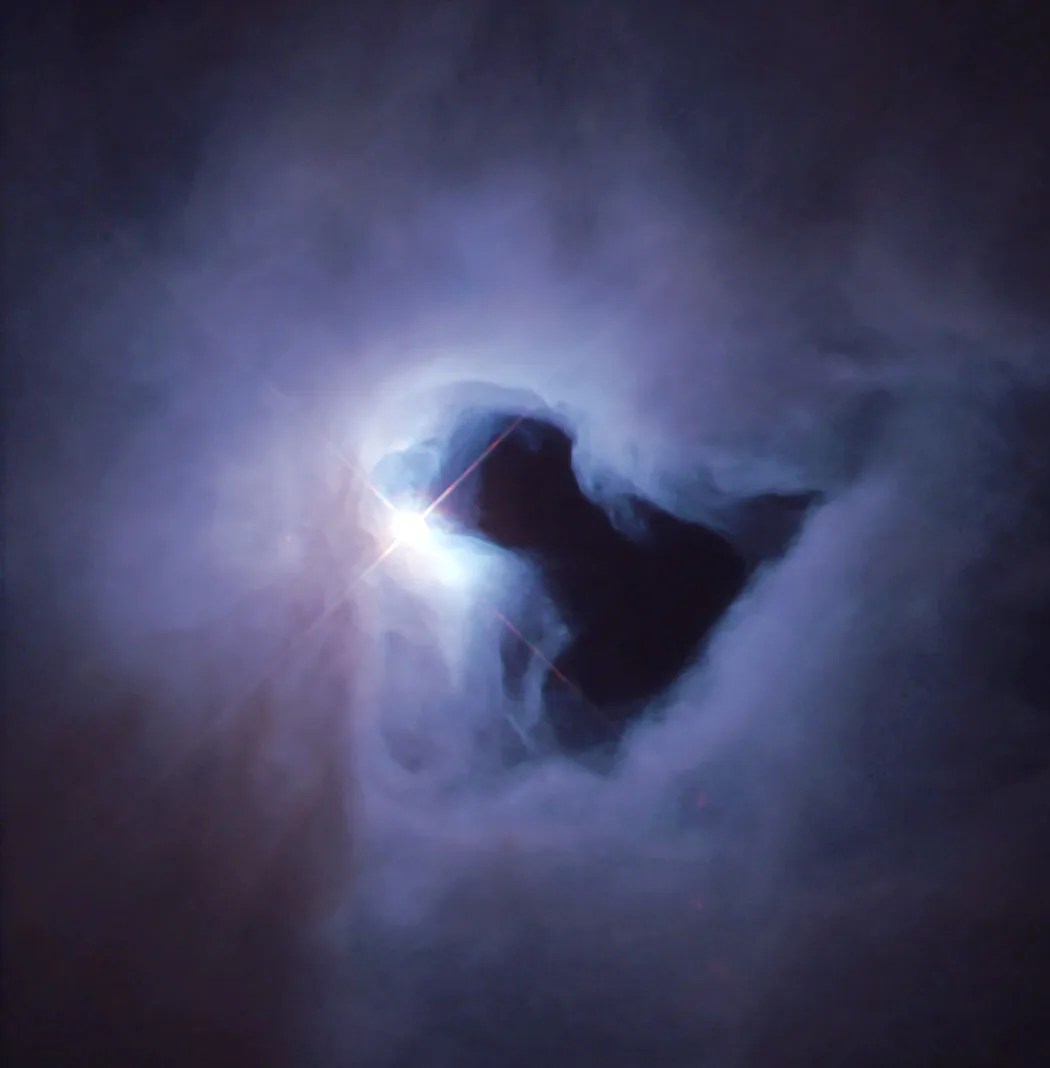
Hubble's Star Clusters
Hubble's observations of star clusters help us better understand how stars form and evolve.
Forming in giant clouds of gas and dust, stars are often found in multiples or large clusters that hold as few as tens to as many as millions of stars.
Learn More about Hubble's Star Clusters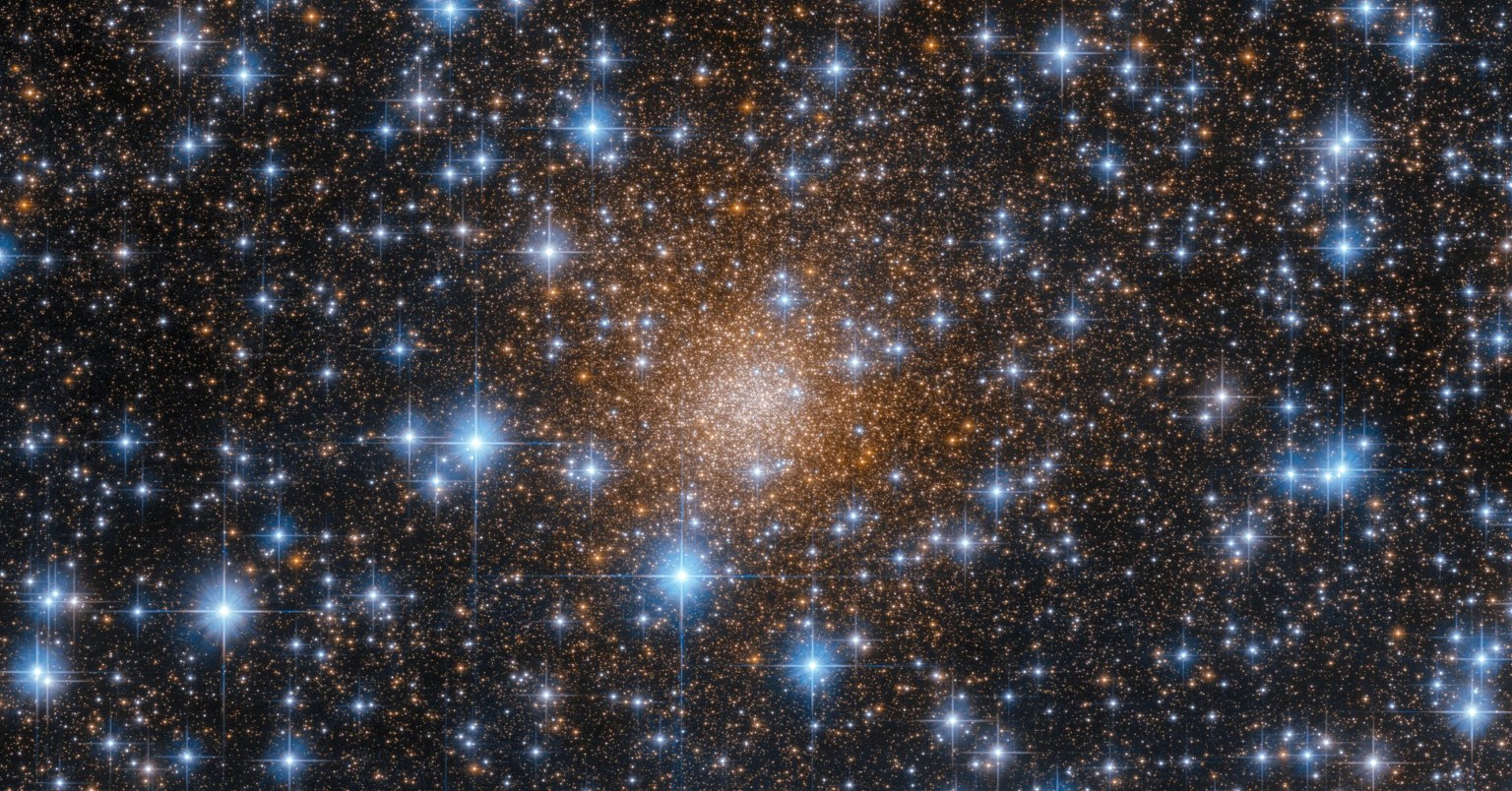
Black Holes
Hubble’s unparalleled vision is bringing this dark cosmic phenomenon into the light.
Black holes are dark realms where even our understanding of physics breaks down, but Hubble's vision blazes a way toward greater comprehension of these cosmic monsters.
Learn More about Black Holes